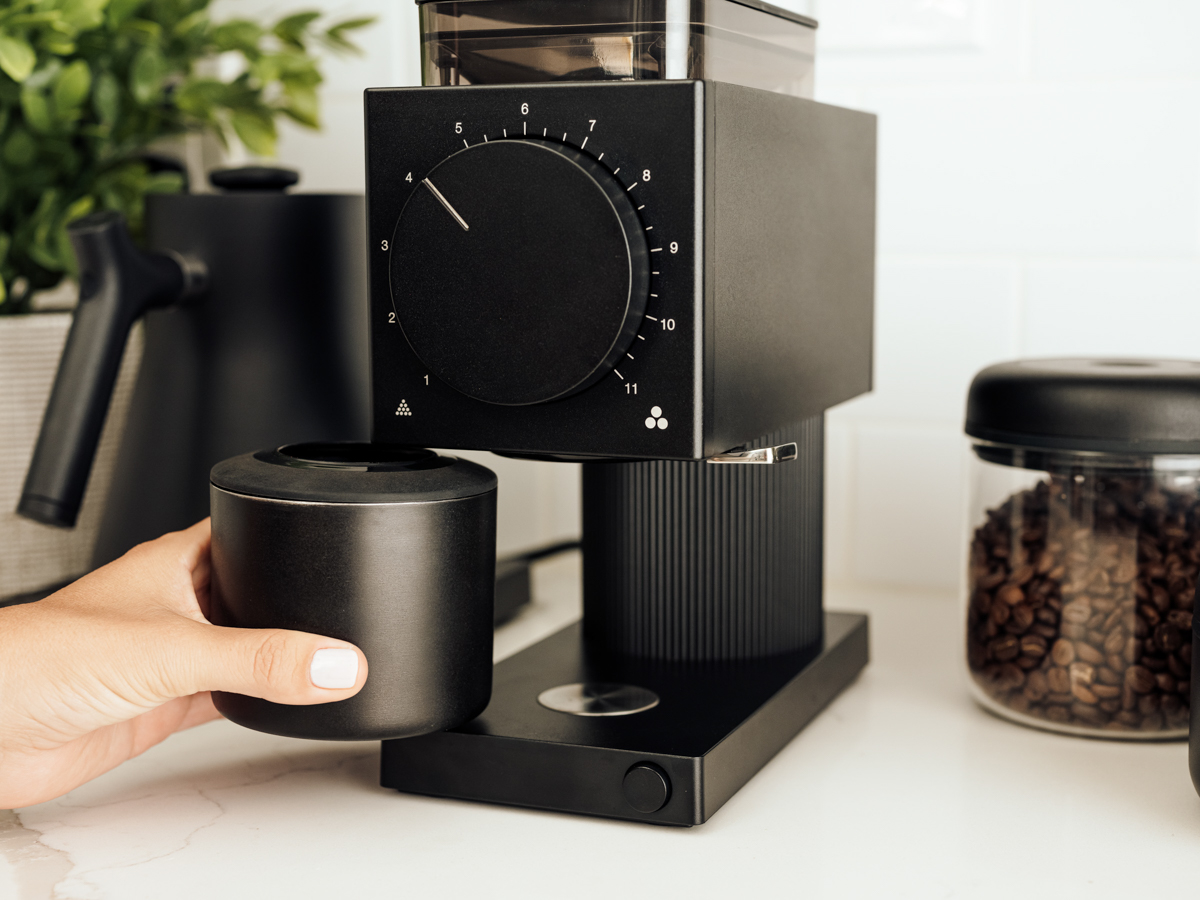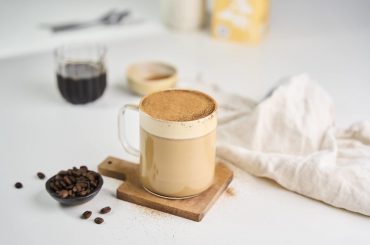A few years ago Fellow Ode grinder took the coffee stage by storm all over the world. Producers had pre-sold a ton of devices before their actual launch. Today the market offers new generation of ODE burrs. Is it worth including them in your offer? What can you gain if you install them in your grinders?

Before I get to assessing the newest Fellow’s kid, let’s rewind a few years back. It’s 2018. Fellow Products is an American start-up which produces coffee equipment. A few coffee geeks are working on the design of their first coffee grinder: Fellow Ode. The device gets famous thanks to Kickstarter, where it is backed by almost 5,000 people with a total of 1.2 million dollars. Expectations about this sleek and modern grinder are huge. The biggest coffee fans are drooling at the sight of the design, counting down the days to the big launch.
Over time, however, some users point out coarse grinding, which doesn’t work for espresso and might discourage potential buyers.
Original Burrs
Fellow is a group of young, innovative designers. With Ode, they focused mainly on the design of the device. As a budding company they could not afford to design both the grinder and the burrs, so they outsourced it, partnering with a burrs manufacturer (which is a common practice for grinder manufacturers). They are convinced that it was the only decision they could have made at that time.
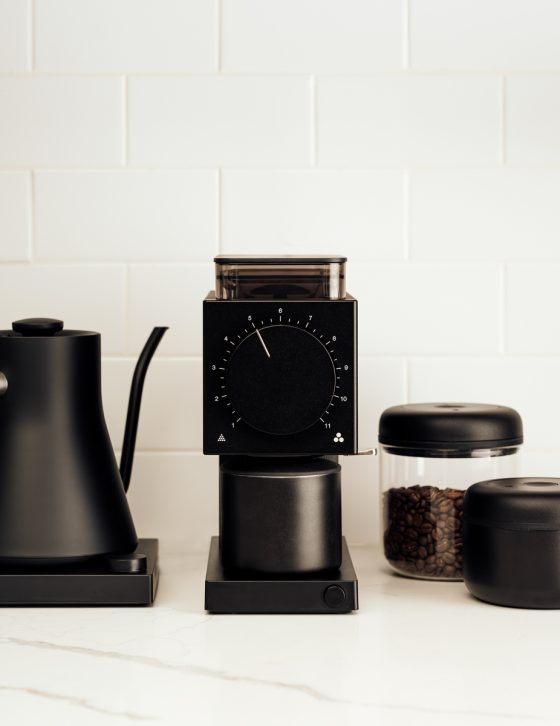
Still, the company took their customers’ opinion seriously and started to think of another solutions. As they say, they had probably tested all burrs available on the market and the results weren’t satisfactory. So, Nick Terzulli came up with his own innovative solution.
Fellow wanted to achieve the following goals:
- grinding capability of 200–300 microns;
- possibility to replace the original burrs with the burrs 2.0 in the already purchased grinders;
- significant quantitative improvement in the particle size distribution;
- excellent quality in a blind cupping.
You might want to know that the particle size distribution in coffee grinding resembles the results you get while making French fries. If you do it on your own and cut the potatoes into uneven bits, throw them all into oil and take them out at the same time, the smaller fries will be burnt and the big ones will be raw. The same happens with ground coffee: smaller particles will extract faster and bigger particles – more slowly, and the resulting brew won’t be tasty. Even grind is a crucial element in coffee brewing.
Is It Worth Including the New Burrs in Your Offer?
Fellow is one of the most recognizable brands in the world. The company changes the perception of the most popular coffee accessories with their innovative solutions, top-quality materials and non-standard design. Launching new burrs to the market, Fellow not only created a new grinder that is even better than its basic version, but they also made it possible to update the already purchased the original Ode grinder. By doing so, they have increased the sales potential of their product.
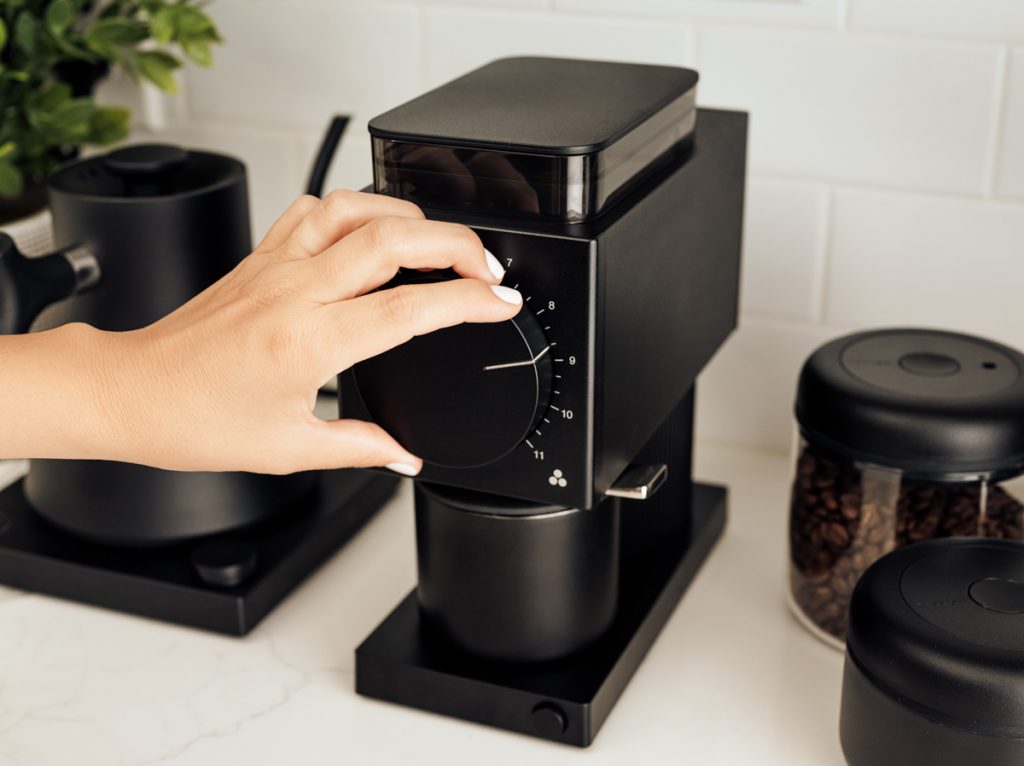
The design of Gen 2 burrs was developed and perfected for over a year. The challenge was not only to create a new product, but also to find a manufacturer that would carry out their design. The burrs are the heart of every coffee grinder. Nothing is left to chance in this seemingly simple design. A few millimetres in the cut decides whether the coffee in your cup is delicious or awful.
Let’s Run Some Tests!
The first thing that drew my attention when I turned the grinder with the new burrs on is the sound while rotating. It seems to be higher than in the case of original burrs. It’s neither irritating nor worrying. I’d even say that it gives the impression of higher quality and professionalism. That’s a good sign, but let’s check the grind 😊
The burrs of the second generation grind visibly finer. At first I blind cupped coffee, then I brewed it in a dripper and in Aeropress, applying the same parameters. I used coffees of a different origin, processing and varietal, from various roasteries. Coffee ground with the new burrs feels sweeter, the brew seems more complex. Coffee ground with original burrs is, on the other hand, is more acidic, which is by no means a flaw. A coffee refractometer showed that coffee brewed with Gen 2 burrs has higher extraction yield.
Fellow’s goal was to design the burrs that would result in a sweet, balanced and complex brew in a cup, with enough clarity to respect coffee. In my opinion, they did a good job
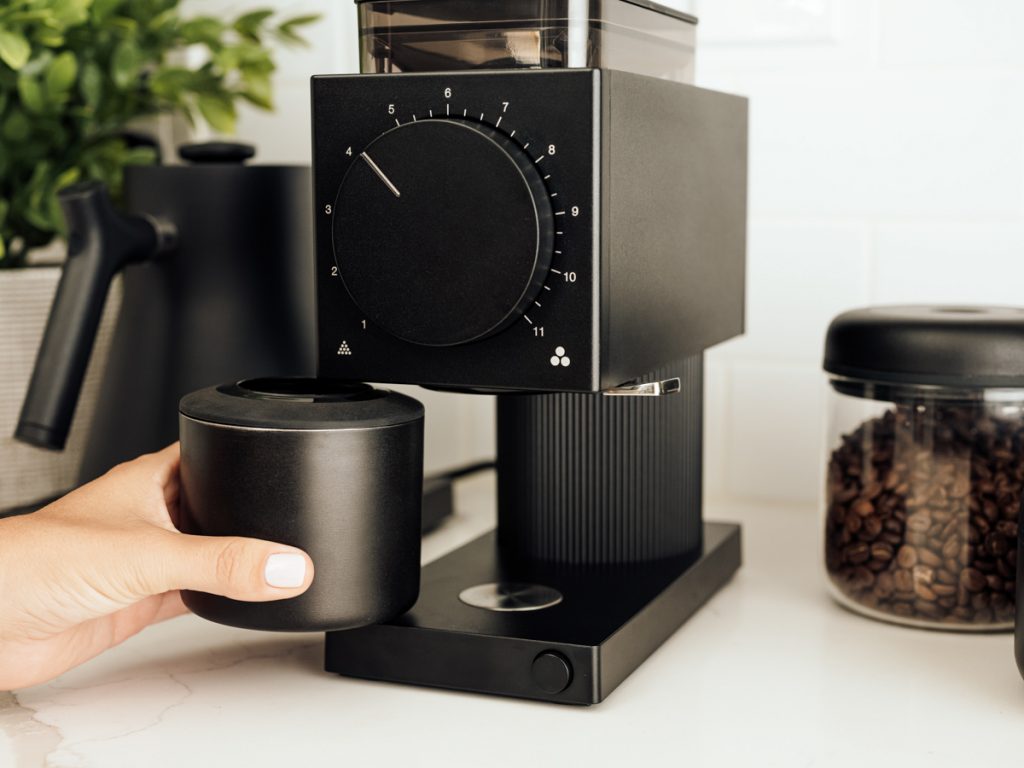
To sum up, I would recommend Fellow Ode Gen 2 if you appreciate the highest quality of the grind at home and if you’re a fan of light roast pour-over coffees. The results are unbeatable.
However, I fully agree with the producer’s recommendation – those burrs won’t do the trick for espresso grind. The motor is not adjusted to the load and the burrs are not precise enough. I know that some users try to modify Ode to grind for espresso, but it leads to premature wear of the grinder.

